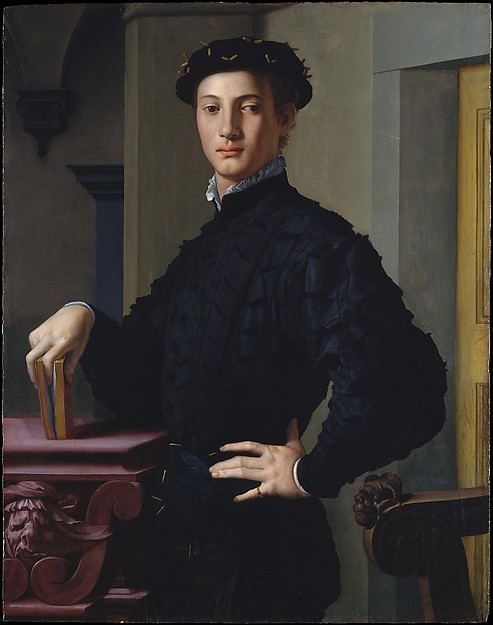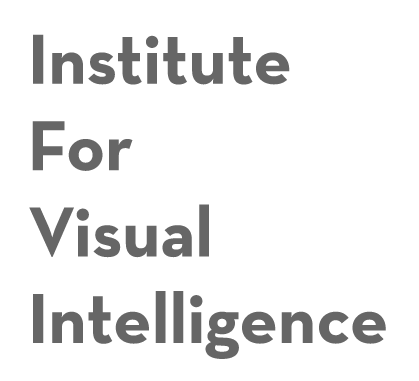
An excerpt from “Analytical Philosophy and The Study of Art”
by Arnold Isenberg
“Why,” asked William James-and many people have repeated the query- “does the Aesthetik of every German philosopher seem to the artist an abomination of desolation?”
But there has long existed, in many quarters, a fairly well justified feeling about the ineptness of philosophers who tread upon the aesthetic domain. “Why,” asked William James-and many people have repeated the query- “does the Aesthetik of every German philosopher seem to the artist an abomination of desolation?” We here touch upon another difficult question, really demanding prolonged analysis. What are the nonanalytic qualifications of the analyst? What, for instance, should be his degree of competence as a critic? How good a judge of art must he be if he is to have a good philosophy of art? There could be numerous answers, each presupposing its own conception of the relations among the art studies. An artist might dislike a system of aesthetics simply because it is not a work of art; but it does not seem reasonable to charge aesthetics with the responsibility of being beautiful. James forgot to ask whether his “artist,” rather than his “German philosopher,” might not be at fault. A work of intellectual genius like Kant’s Critique of Aesthetic Judgment, abounding in profound implications for the understanding of the arts, has been ignored by men of letters (except for Schiller and Coleridge); but they ignore it to their own loss. Again, philosophers and psychologists have been blamed for evincing bad taste in their critical reactions and choice of examples, though it is not shown that this deficiency really impairs their analyses. Again, many an Aesthetik of the sort that William James had in mind is philosophically inept to begin with: apart from annoying the artist, it botches its own program and offends against sound criteria of analysis; it can therefore hardly serve as evidence for the mutual hostility of art and philosophy. Thus we see that many different things-his literary style, the modishness of his tastes and tone, the adequacy of his analysis-might be meant by the “competence” of the philosopher. Critically distinguished and fascinating books by Malraux, Sartre, Ortega y Gasset, full of startling intuitions and tasteful examples, seem to me to throw no particle of light on any aesthetic problem; while there are stuffy monographs by obscure Ph.D.’s which successfully pursue the clarification of some aesthetic concept. Yet there are other cases-certain works on aesthetics by American philosophers-where one cannot help feeling that the anlaysis has been spoiled by sheer lack of critical sophistication or of genuine responsiveness to art.
* This paper represents, with only a few short omissions, pages 1-28 of Isenberg’s “Analytical Philosophy and the Study of Art: A Report to the Rockefeller Foundation,” April 1, 1950. The full paper is 48 pages (the last 15 of which constitute an ‘Appendix of Simple Problems”). Excerpts from pages 5-6, 14-28, and 43-46 have been printed in W. Callaghan, et al., eds. Aesthetics and the Theory of Criticism: Selected Essays of Arnold Isenberg (University of Chicago Press, 1973).

Sorry, the comment form is closed at this time.